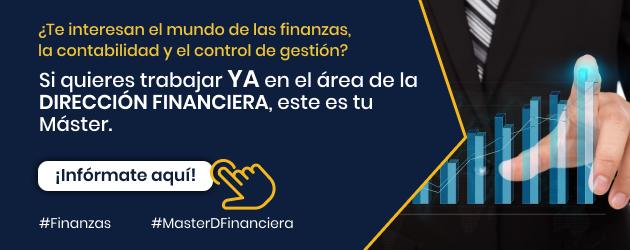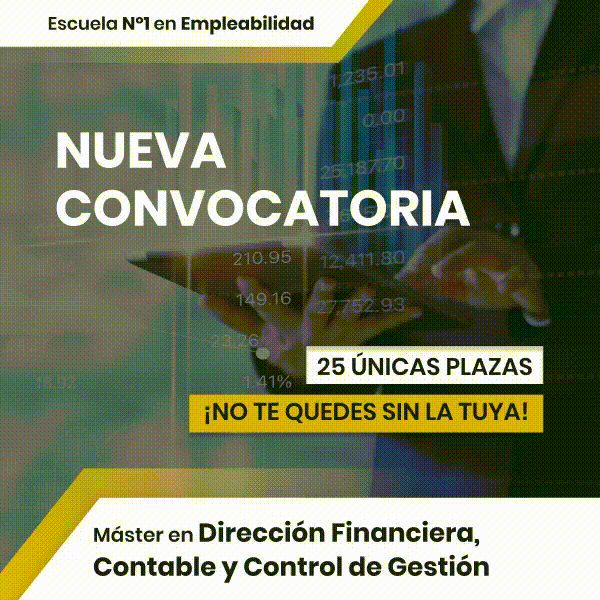Alex González Herrero, student of Master of Management Endold lady, Accounting and Management Control has been in charge of this post in which it is proposed:
Have we ever heard blockchain? Is it important to talk about this technology? What impact will this innovative technology have?
Well then! Let's go to the first point, blockchain dominance has a 'blockchain' meaning. Born in 1991 with the publication '' How to Time-Stamp a Digital Document '' (How to record digital documents) with the idea of creating a system to record information so that no data can be hacked, manipulated or modified.
Now we are going to the most technical part of the blockchain but without going into so much detail so that the reading comprehension is very easy to understand. The blockchain block chain is based on a ledger for recording information and transactions distributed throughout the network from the nodes (computers), making it a completely decentralized technology.
What is the function of Blockchain?
Its function is the following: Information is stored in the nodes, which creates a first block. When this information is recorded, a hash (block identification code) is created. Each block has a maximum storage capacity that is based on MB depending on the type of information or transaction that is being stored. Once the block runs out of storage capacity, then a next block is created and so on. In the last block the same thing happens but with the difference that the last block is responsible for collecting the information from the previous blocks constantly changing the hashes of the entire distributed database, making it impossible to hack, manipulate or modify the information or transactions. , with which it takes strategies, called consensus algorithms, to validate the information stored by each node and implements a mechanism to detect alterations in the registered information.
I give you a clear example below:
This information that we store comes from money transactions, taking its sender, receiver, amount, time (sending and arrival), hash (block number), etc...
The information not only has to be about money transactions, but can also be about contracts, academic qualifications, certificates and food supplies (their origin). For example, Carrefour has its own blockchain to see the origin of the food from when it leaves the freezing zone until it is defrosted.
Different ways to build a blockchain network
There are several ways to build a blockchain network, we will see them below:
- Public blockchains: Any user can join and participate. An example is the Bitcoin cryptocurrency (We will talk about it in another point below.) The disadvantages that exist are that they require great computational power, there is little privacy for the information and the security is weaker.
- Private Blockchains: A private network is similar to a public network but with the difference that a single organization manages the network and controls who has permission to participate. It decides when to run a consensus protocol and is responsible for maintaining the shared ledger (blockchain). Depending on the use case, this can increase trust between participants. The private blockchain can be run from a corporate firewall and can even be hosted locally.
- Authorized Blockchains: Companies with a private blockchain will do so on an authorized blockchain. Public blockchains can also be permissioned. This imposes restrictions on who can participate in the network and in what transactions. All participants will need an invitation or permission to join.
- Consortium Blockchain: This type of blockchain is ideal for businesses when all participants are authorized and have shared responsibility for the blockchain.
With this article I want you to see the importance of this innovative technology. We are no longer in the trust of a centralized entity or organization, but rather we are facing a new decentralization where the power is in the accounting database distributed throughout the network, where we will always have the information and transactions stored, without deleting, without hacking. , without manipulating, without modifying absolutely anything.




































